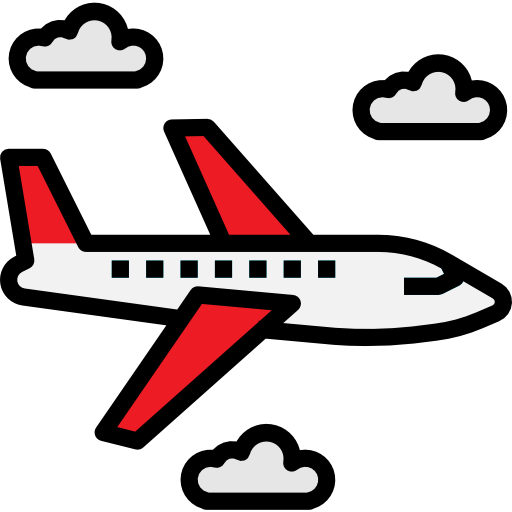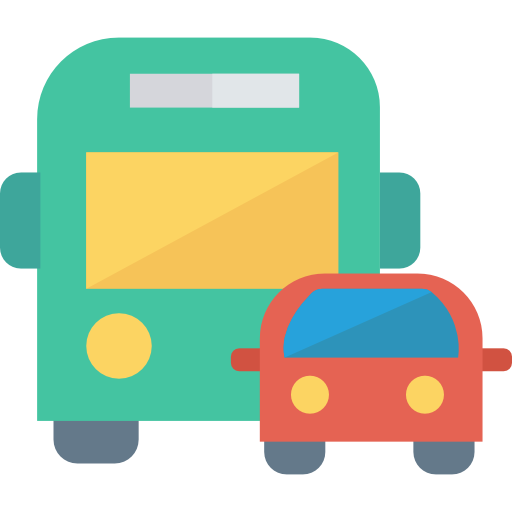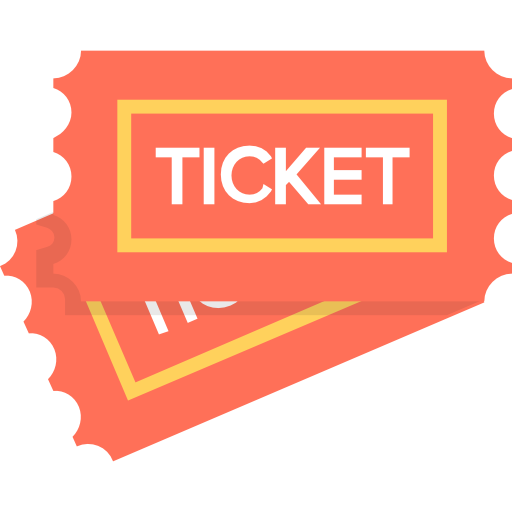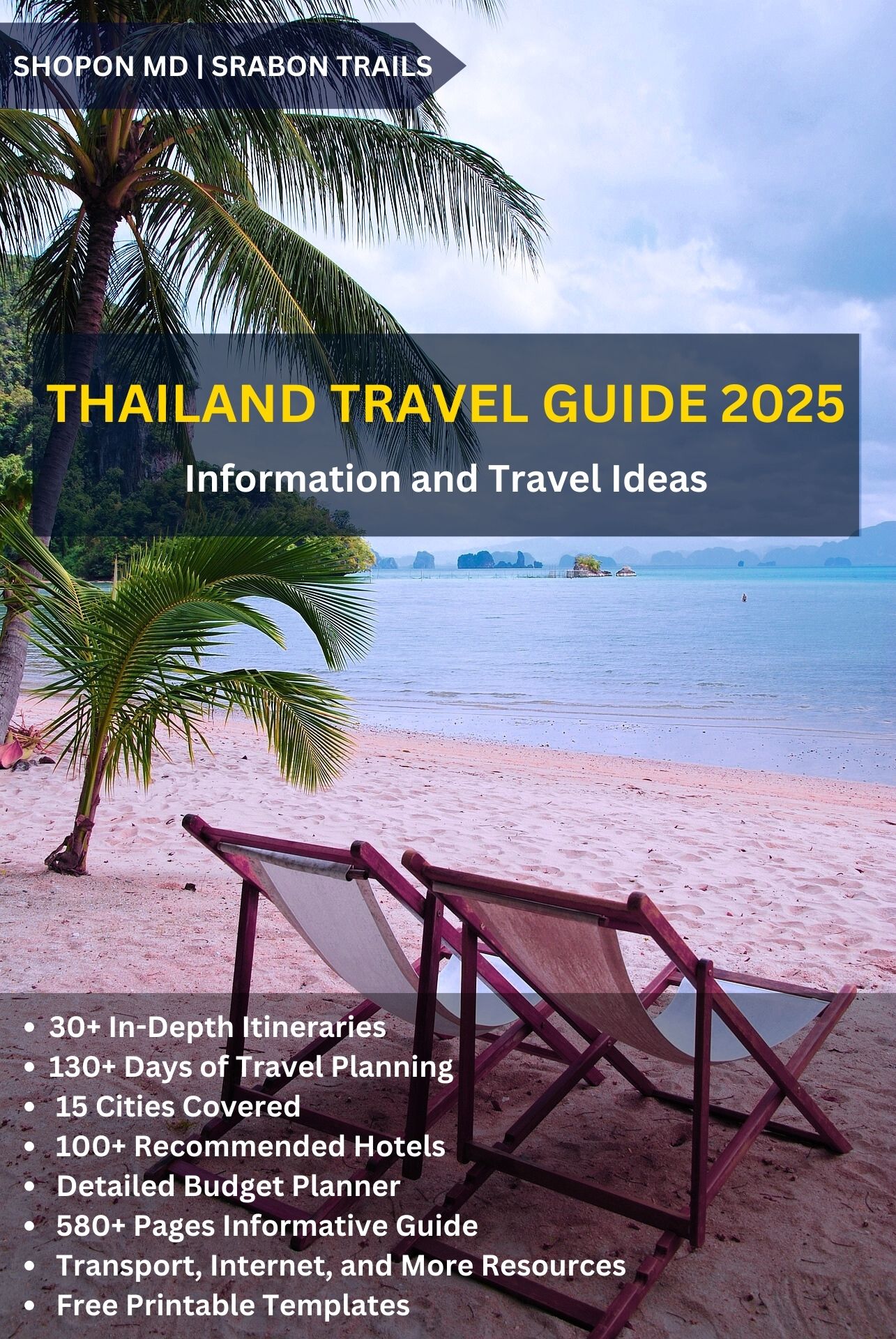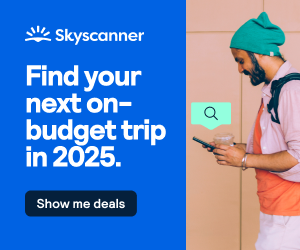What to Do After DS-160 Submission and Visa Fee Payment
Congratulations! You’ve completed the DS-160 form, paid your visa application fee, and scheduled your visa interview. Now, it’s time to prepare for your interview at the U.S. Embassy or Consulate of your choice. This guide will walk you through everything you need to do, step by step, from ensuring your documents are ready to what to expect on the day of your interview.
Step 1: Confirm Your Interview Appointment Details
Before anything else, verify the details of your appointment:
- Interview Date and Time: Ensure you know the exact time and date of your interview to avoid any confusion.
- Embassy or Consulate Location: Double-check the address of the embassy/consulate you selected.
U.S. Embassy in Seoul (South Korea)
- Address: 188 Sejong-daero, Jongno-gu, Seoul, 03141, South Korea.
- Contact Number: +82 2-397-4114.
- Nearest Subway: Gwanghwamun Station, Exit 2 (Line 5).
- Website: U.S. Embassy Seoul.
U.S. Embassy in Dhaka (Bangladesh)
- Address: Madani Avenue, Baridhara, Dhaka 1212, Bangladesh.
- Contact Number: +880 2-5566-2000.
- Website: U.S. Embassy Dhaka.
Step 2: Review and Gather Mandatory Documents
For the U.S. B1/B2 visa interview, the list of mandatory documents is short but essential. These documents must be prepared in advance to ensure a smooth interview process.
Mandatory Documents
- DS-160 Confirmation Page:
- This document contains a unique barcode that links your application to your interview.
- Ensure the printout is clean and legible.
- Visa Appointment Confirmation Page:
- This confirms your scheduled interview date and time. Print and carry a hard copy.
- Passport:
- Must be valid for at least six months beyond your intended stay in the U.S..
- Should have at least one blank page for the visa stamp.
- Visa Fee Payment Receipt:
- Proof that you’ve paid the non-refundable visa application fee.
Step 3: Optional Documents to Bring
Although the U.S. B1/B2 visa process primarily focuses on the DS-160 form and interview, having additional documents may help in certain situations. These documents are not mandatory but can provide added clarity if requested.
Optional Documents
- Financial Proof:
- Bank statements (last 3–6 months) showing sufficient funds to cover your trip.
- Tax returns or salary slips for employed applicants.
- Proof of Employment:
- A letter from your employer confirming your job title, salary, and approved leave dates.
- Travel Itinerary:
- Round-trip flight bookings and hotel reservations.
- Proof of Previous Travel:
- Old passports with stamps or visas to show your travel history.
- Invitation Letter (if applicable):
- If visiting someone in the U.S., include a signed invitation letter with their contact information and proof of legal status.
- Proof of Ties to Your Home Country:
- Property ownership documents.
- Family-related documents, such as marriage certificates or birth certificates of children.
Step 4: Why You Don’t Need Extensive Documentation
Many applicants assume they need a long list of documents for their B1/B2 visa interview. This is not true. The U.S. visa process is based on two critical elements:
- Your DS-160 Form:
- It should be accurate, complete, and reflect your travel plans, financial status, and ties to your home country.
- Your Interview:
- The consular officer evaluates your intentions, clarity, and confidence during the interview.
The Misconception About Documents
Visa agencies often claim you need a pile of paperwork to improve your chances. However:
- The consular officer rarely asks for supporting documents.
- Decisions are based more on your responses and the details in your DS-160 form.
Step 5: Prepare for the Interview Day
Organize Your Documents
- Use a neat folder to arrange all mandatory and optional documents.
- Label your documents for quick access in case the officer requests something.
Dress Appropriately
- Dress in formal or business attire. This helps create a good first impression.
Plan Your Arrival
- Arrive at least 30 minutes before your appointment time. Late arrivals may not be allowed entry.
Step 6: Entering the Embassy or Consulate
Security Screening
- Upon arrival, you’ll go through a strict security screening process:
- Present Your Appointment Confirmation: Show your printed confirmation to the guards at the gate.
- Leave Electronic Devices: Phones, smartwatches, and other electronic items are not allowed. You can either leave them at home or use designated lockers outside the embassy.
- Minimal Personal Items: Avoid bringing large bags or unnecessary items.
Token Issuance
- After clearing security, proceed to the registration desk to collect your token number.
- The token will determine your order in the processing queue.
Step 7: Document Submission and Biometrics
Document Submission
- When your token number is called, approach the designated counter and submit:
- DS-160 Confirmation Page
- Visa Appointment Confirmation Page
- Passport
Fingerprint Scanning
- A staff member will guide you through the biometric process. This involves digitally capturing your fingerprints.
- Ensure your hands are clean and free of cuts to avoid any delays.
Step 8: Wait for Your Interview
After biometrics, you’ll be directed to the waiting area. Use this time to:
- Stay calm and review your travel plans in case you are asked about them.
- Avoid unnecessary conversations with other applicants that may make you nervous.
Step 9: The Visa Interview
The Process
- Approach the Interview Window:
- When your token number is called, proceed to the assigned interview window.
- Document Hand-Off:
- Hand over your passport and DS-160 confirmation page to the consular officer.
- Answer Questions:
- The officer will ask about your travel plans, finances, and ties to your home country.
- Respond clearly, confidently, and honestly.
What Matters Most
- The officer’s decision is based largely on your answers and demeanor.
- Supporting documents are typically not required unless requested.
Step 10: Post-Interview Process
If Your Visa is Approved
- The officer will keep your passport to process the visa.
- You’ll be informed about the estimated delivery time for your passport, which is typically 3–5 business days.
If Your Visa is Denied
- The officer will return your passport.
- You’ll receive a letter explaining the reason for the denial.
The U.S. B1/B2 visa application process primarily focuses on your DS-160 form and the interview. Extensive documentation is rarely required. What truly matters is your ability to present yourself as a genuine traveler with clear intentions. Prepare thoroughly, stay confident, and you’ll be well-positioned for success.
U.S. B1/B2 Visa Application Process: Related Articles
1- Step-by-Step Guide to Applying for a U.S. B1/B2 Visa
A comprehensive overview of the entire process, from completing the DS-160 form to attending the visa interview.
2- How to Complete the DS-160 Form for a U.S. B1/B2 Visa
Detailed instructions on creating an account, filling out the DS-160 form, and ensuring accuracy.
3- How to Pay the Visa Fee and Schedule Your Interview
Step-by-step guidance on paying the U.S. visa fee and securing an interview date at your preferred embassy.
4- What to Expect at the U.S. Embassy for a B1/B2 Visa Interview
A walkthrough of what happens on the day of your interview, including document submission, security checks, and biometrics.
5- Preparing for the U.S. B1/B2 Visa Interview: Sample Questions and Answers
A detailed guide with potential interview questions, sample answers, and strategies for success.

